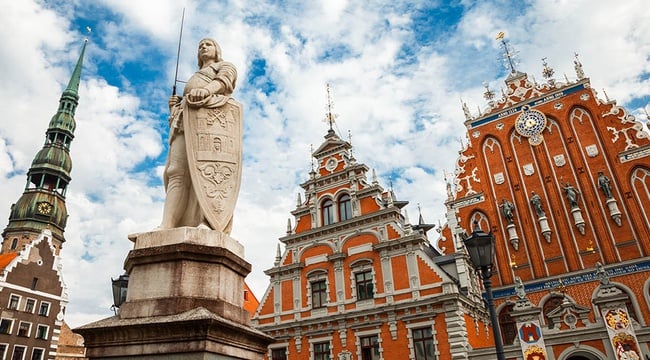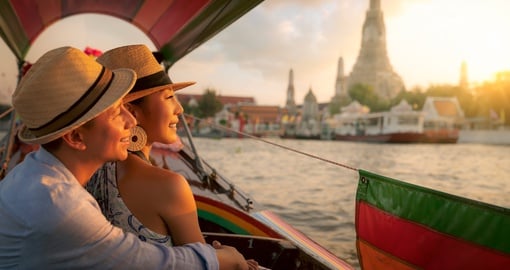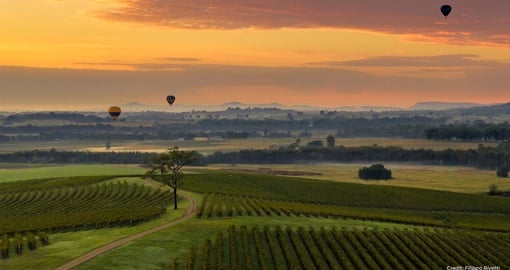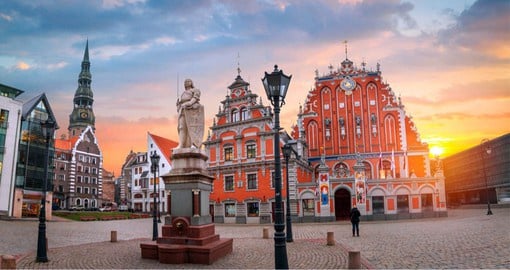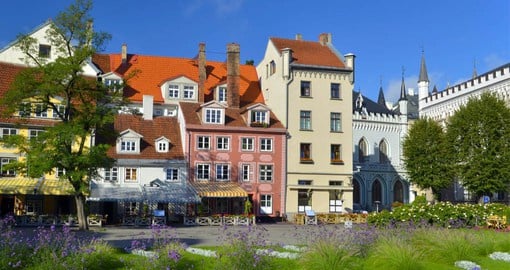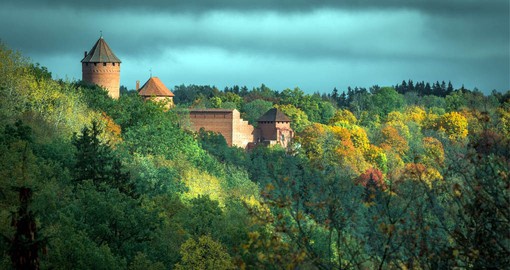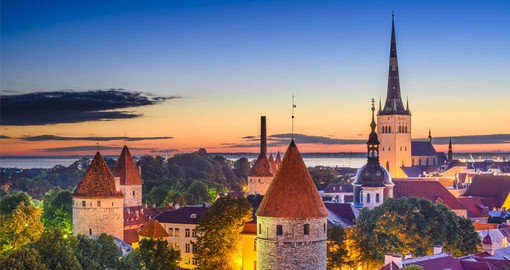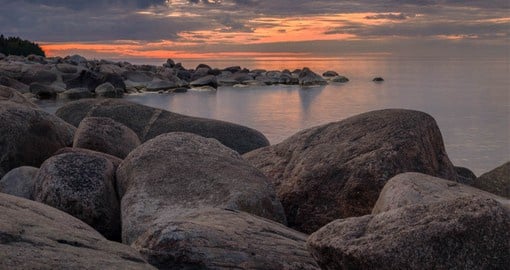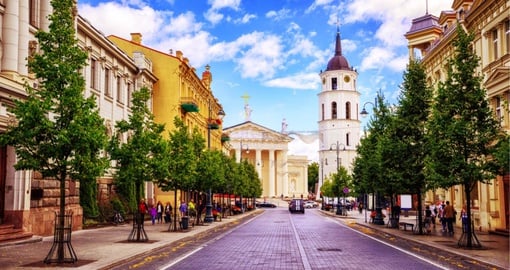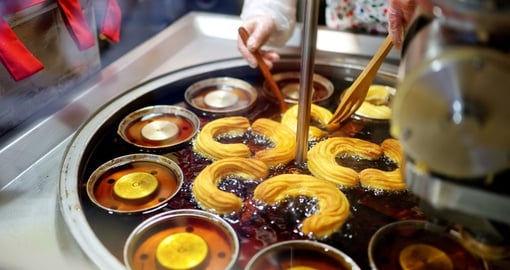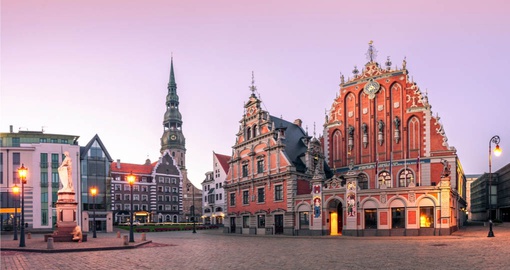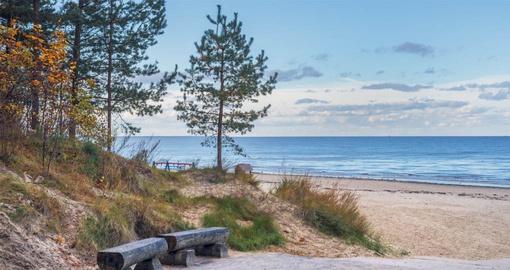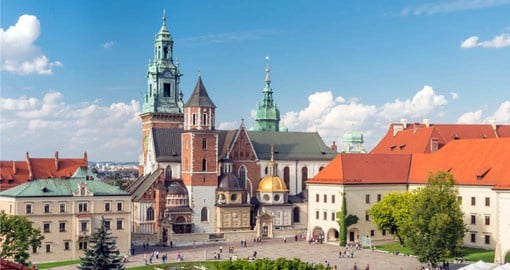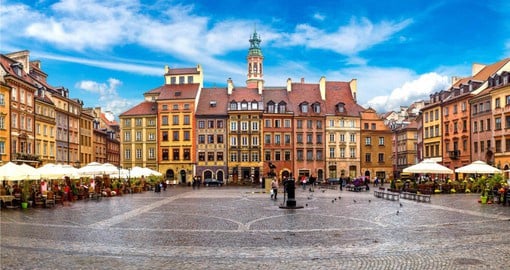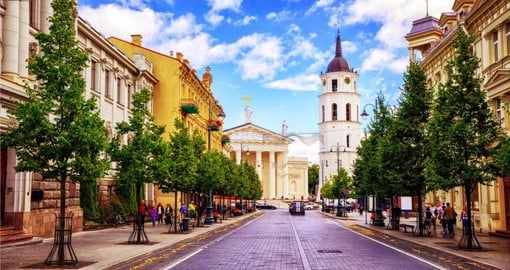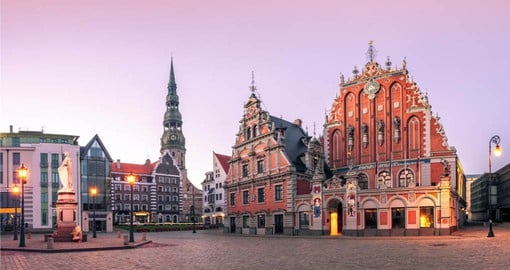Essential Facts
Currency
The primary currency in Latvia is the Euro. Being a part of the EU makes it easy to use Visa and Mastercard, which will be commonly accepted at shops, restaurants and attractions. It is recommended to visit a currency exchange to obtain euros prior to visiting Latvia in case smaller stores or restaurants do not accept credit cards.
Language
When Latvia gained full independence from the Soviet Union in 1991, the official language of Latvia was declared - as you may have guessed - Latvian. It can also be referred to as Lettish, and is a close cousin to Lithuanian. Latvian is spoken by the majority of the people in the country, though other languages like Russian and Ukranian are often heard throughout the country.
Best Time To Go
Latvia’s winters are cold, but not as cold as Russia’s. Arctic air masses bring cold temperatures and snowfall, which is usually expected between December and March. But there are still activities to enjoy in winter travel. Winter sports are popular, like hockey and ice skating. Latvia is home to the Sigulda bobsleigh and luge track, which has 16 curves, enabling speeds up to 125km per hour. Spring and summer are warm, but often cloudy, so warm days and cooler nights are the norm. Latvia has been known as the Land of Blue Lakes thanks to almost 12,000 rivers and 3000 small lakes.
Climate
In Latvia, most of the country shares the same type of climate. There are differences when you get closer to the Baltic Sea, where it is warmer than other areas of the country. More than half the year is very cloudy and rainy so be prepared, and make the most of a sunny day if you have one here.The months of September through February bring the most rain (14 days on average), while things dry out a bit in June, with an average of 7 rainy days. Temperatures in the winter months can go down to as low as -30C/-22F and July is usually the hottest month at +30C/86F. Snow is usually expected from mid-December to the start of March.
Ideal Traveller
The ideal traveller to Latvia is one looking for a mix of history, art, and outdoor adventures. Found right in the middle of Eastern Europe, with Estonia to the North and Lithuania, Belarus and Poland to the south, it is ideal for the modern traveller looking for value for money. Most of the country is easily accessed by bus or train. Though an immersive exploration of the country would take upwards of two weeks, the top highlights can be enjoyed in just a few days. 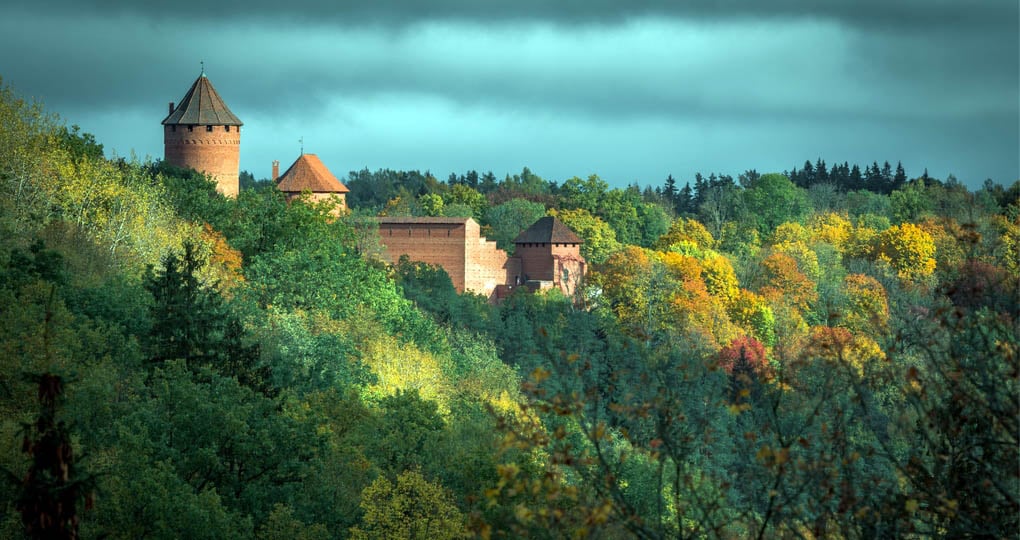
Getting There From North America
Major Airports
There are three airports in Latvia, including the international airport in Riga. It is the largest airport in the Baltic states with flights to over 76 destinations. The airport is about 10kms from the city centre of Riga.
Recommended flight route from the United States
Flying to Riga from the United States currently involves connecting through a major city in Europe enroute to Latvia. You can fly from major US airports like New York JFK and EWR, Atlanta, Boston, Chicago, Los Angeles, and Washington. The largest carriers include British Airways, Lufthansa, KLM, and Finnair.
Recommended flight route from Canada
Flying to Riga from Canada currently involves connecting through a major city in Europe enroute to Latvia. You can fly from major Canadian airports like Toronto, Vancouver, Montreal, Ottawa, and Calgary, and depending on the airline connect through a major city in Europe. The largest airlines include Lufthansa, KLM and British Airways.
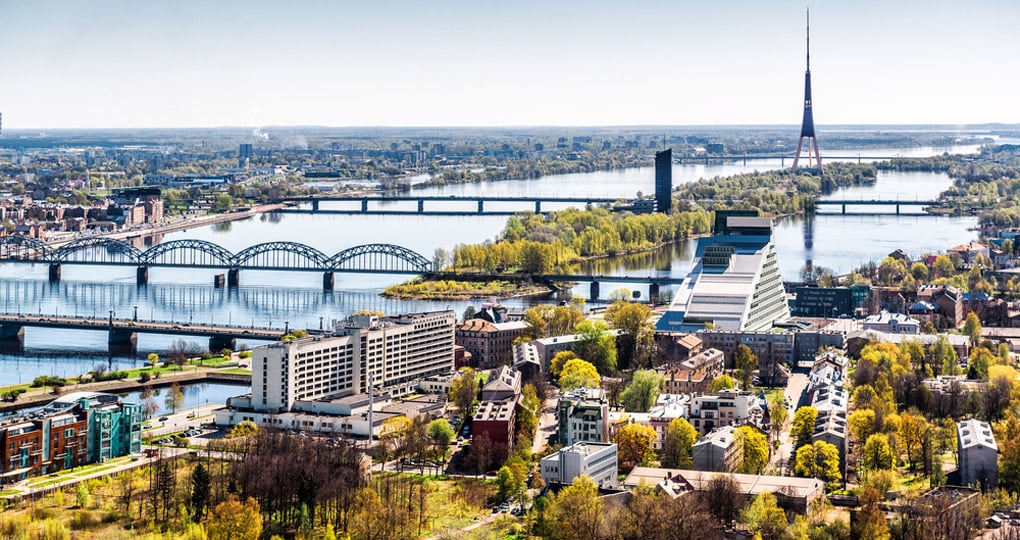
Essential Sights of Latvia
Riga
Latvia’s capital city of almost 700,000 people. The population density is greater in the capital city than out of the city centre. There are over 800 buildings in the city which represent its importance in history. Riga and the Baltic Countries have survived a turbulent 20th century, going from independence to Soviet rule after the end of WW2, until 1991 when Latvia was once again its own nation. The city reflects those layers and is defined by its districts, like the Moscow district, the art nouveau district, and the central market, the largest covered market in Europe. Its old town is a UNESCO World Heritage Site and is home to many different squares that now house the city council, the main tourist office, and various museums.
Liepaja
This beautiful coastal city is about 250km outside of Riga. It is Latvia’s third largest city and it is known for its pristine white sand beaches, but the city has a lot more than just the beach. There are open air markets, plus an active music and arts scene. It is also home to Karosta which is a lesson in Latvia’s Soviet history. Karosta Prison is a major attraction, allowing guests to stay the night.
Gauja National Park
Gauja National Park is the largest park in Latvia. The park is most famous for its biological diversity, with many different species of mammals and birds making the park their home. There are historical sites as well as the Gauja river, from which the park gets its name. Opened in 1973, the park is so large it encompasses multiple towns such as Sigulda, Cesis, and Straupe. Along the river you will also find remnants of nineteen ancient castles, and six medieval castles. Many of the country's active adventures are also found along the river.
Sigulda
Sigulda is a small medieval village about an hour's drive from Riga. It is the gateway to the Gauja Valley and locals call their town the “Switzerland of Latvia.” Sigulda is located within the Gauja National Park and is a great place to use as your home base while discovering the large number of castles and activities within Guaja. Sigulda is also home to the country’s only bobsleigh track.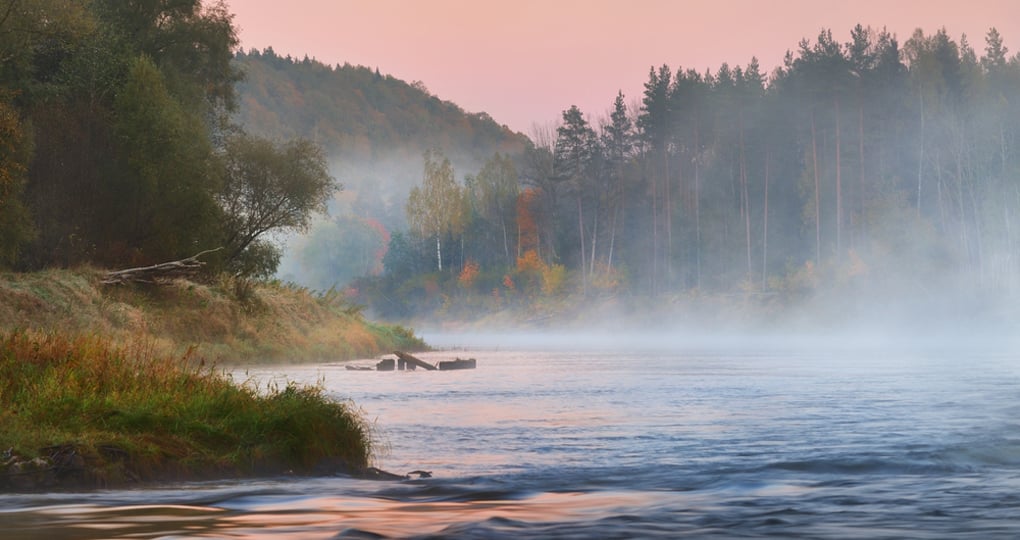
Other Highlights of Latvia Off the Beaten Path
Ligatne
Ligatne is known to be one of the most interesting places to visit in Latvia. For over 200 years, the town has been connected with the paper mill factory, operating there from 1815 until 2014. The village itself was built in the 20th century to provide housing, school, and health care for people working in the mill. The houses are the oldest wooden row houses in Latvia and are on list of national cultural monuments.
Cape Kolka
Cape Kolka is the point in Latvia where the Sea Inlet (Gulf of Riga) and the Great Sea (Baltic Sea) meet. In bird migration season, thousands of birds fly over the cape. Visit Kolka Lighthouse, first lit in june 1875. Hike up the Cape Kolk Pine Trail and climb to the Cape Kolka observation tower. Visit the three Kolk confession churches - Kolka Evangelical Lutheran Church, Nativity of Christ Orthodox Church, and Mother of God the Morning Star Roman Catholic Church.
Ventspils International Radio Astronomy Centre and Irbene
Ready to go way off the beaten path? Travel about 50km outside of Kolka, and take an unpaved turn-off leading through the forest to another remnant of the Cold War, Ventspils International Radio Astronomy Centre. Originally it was a Soviet-built astronomy installation, surrounded by sand dunes and first built to spy on the West. It remained a secret until 1993, two years after Latvia regained independence.
Kuldiga
The town of Kuldiga has been given the nickname “the Venice of the North.” This town has centuries old homes, local food specialties and Ventas Rumba, which is Europe’s widest waterfall. The width of the waterfall is 100-110 metres, though it is only 1.8 - 2 metres high. Each spring and fall there are flying fish trying to clear the rapids. 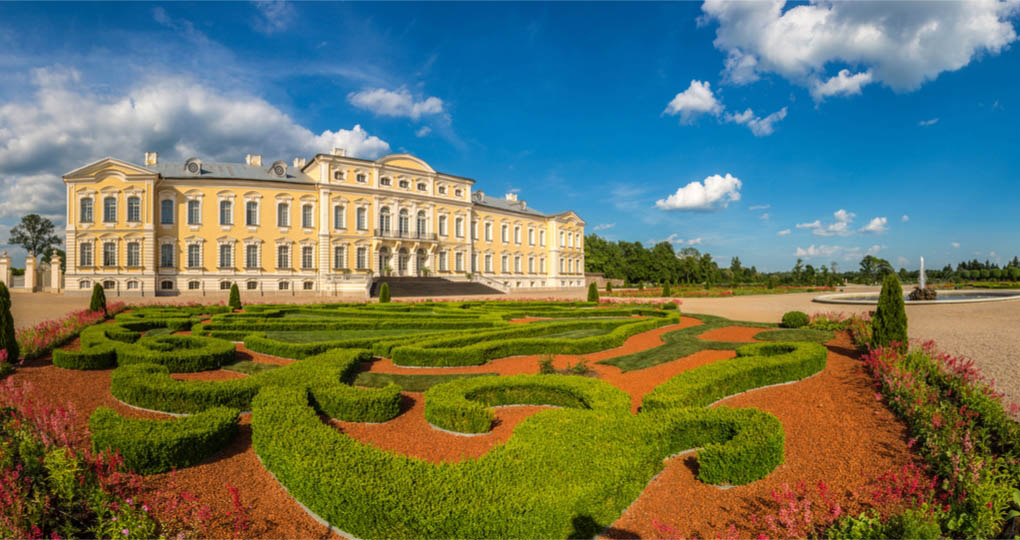
Top Activities and Experiences in Latvia
Rundale Palace and Museum
The Rundale Palace is located in the south of Latvia in the Zemgale Plains. The architect that created the Hermitage in St. Petersburg designed Rundale as a Baroque and Rococo masterpiece packed with art treasures and surrounded by a rose garden. The Museum is a centre for research into Latvia’s history. The Rose garden is almost one hectare, reflecting the history of cultivating roses in Europe from the early 18th century.
Latvia Bobsleigh
The town of Sigulda is home to a world class bobsleigh and luge track facility, one of eighteen similar sites in the world, and one of few open to the public. Thrill seeking travellers can take part either in summer or winter in this extreme sport of going around 16 curves at maximum speeds up to 130km per hour. In the summer, the bobsleigh is modified on wheels and goes to a maximum speed of 85km per hour.
Vidzeme - Koknese Castle Ruins
The historic castle, which once stood on a hill where the Perse River flows into the Daugava, is now a shell of what it once was. It was originally built in 1209 to replace a wooden castle built by the Latvians. During the Great North War in 1701, cannons destroyed the castle, leaving only ruins. The site is open for tours as well as concerts, theatrical performances, traditional Latvian wedding ceremonies and the Catfish Waking Festival, now a beloved annual tradition.
Ventspils
Ventspils was founded over 700 years ago and is one of Latvia's oldest ports. Today it is a visitor-friendly restored medieval city, making it an interesting cultural stop. The promenade is bustling with interesting monuments, including decorative cows from the “Cow Parade of 2002” where artists created 26 natural sized fiberglass cows to be painted and auctioned for charity. It is also home to Ventspils Adventure park which is home to amazing rides and slides, a children’s village, trampolines, and bikes for rent.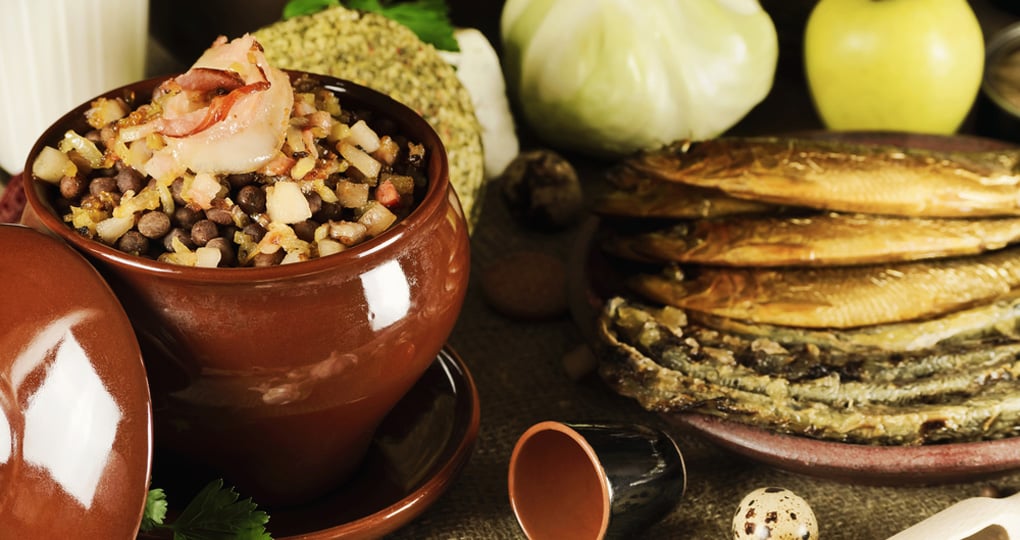
Essential Latvian foods to Try
Kvass
Kvass is a fermented grain drink, traditionally enjoyed in Eastern European Countries. It is not especially alcoholic, but because of its fermentation process it has a similar taste to beer. It is commonly made with stale rye bread, and can contain up to 1.2% alcohol. The longer it ferments, the higher its marginal alcohol content. It can be an acquired taste for some.
Beetroot soup
The origin of this Lativian food is Ukranian, but it is a staple soup in Latvian homes and restaurants. Also called borscht, most Eastern European cultures have adopted a form of this cold soup. There are many different variations, but the main ingredient is beets, which give it its pink/purple colour. Many cultures top the soup with sour cream, chopped hard boiled egg, or fried potatoes
Speck
Speck is a type of smoked bacon made from pork belly. It is used to make the Pelekie zirni ar speki which is the national dish of Latvia. It is a stew which is made with local grey peas (which are like chickpeas), fried onions and diced speck. Locals created this dish so that they used their supplies of dried and preserved food.
Klingeris
Klingeris is a traditional Latvian birthday cake shaped like a pretzel. It is also served during festive holidays or a centerpiece on a dessert table. A wide range of various additional ingredients can be added including saffron, lemon and orange zest, raisins, cardamom, and cinnamon.
Frikadelu Zupa
Frikadelu zupa is a Latvian meatball soup. There are a lot of recipes and variations, usually based on a combination of water, carrots, celery and potatoes, flavoured with bay leaves and peppercorns. The meetbalas are made with beef or pork (or both). Once the soup is simmered, add meatballs and continue to simmer. It is usually served with sour cream and finely chopped parsley or dill. 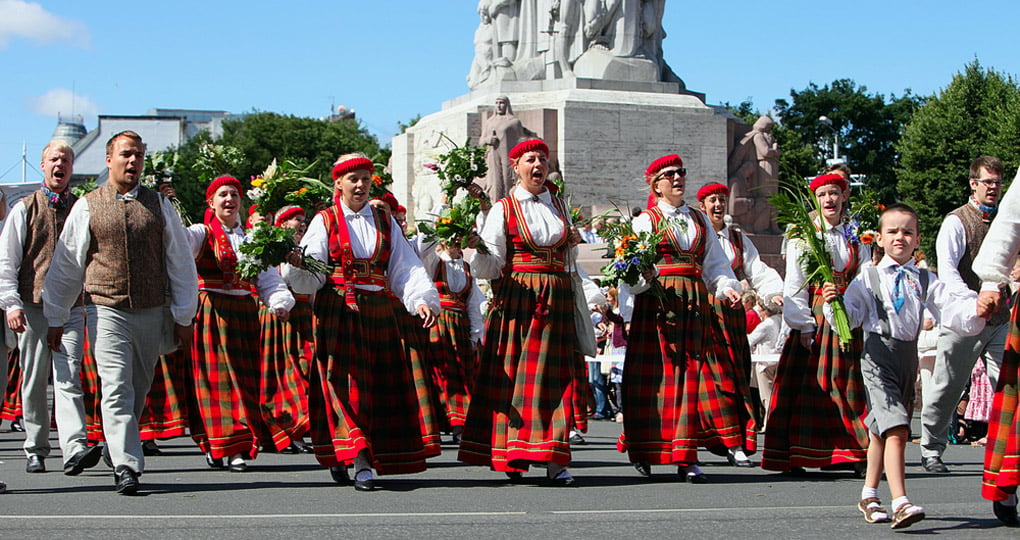
Most Popular Itineraries for Latvia
There are many different ways to get a full experience of Latvia and its Baltic neighbours, Estonia and Lithuania. For a shorter, more locally immersive stay in the capital city of Riga, the Highlights of Riga offers a great taste of this historical capital city. For those who would like to continue their discovery of the Baltic States may opt for the Highlights of Riga and Tallinn, or Highlights of Lithuania and Latvia. Those looking for a full escorted experience that includes Poland and Estonia might look at the Baltic Jewels: Krakow to Tallinn. For those who would like to include their journey north to Finland, ending in the stunning historic city of St. Petersburg Russia, opt for Baltic Capitals: Riga to St.Petersburg.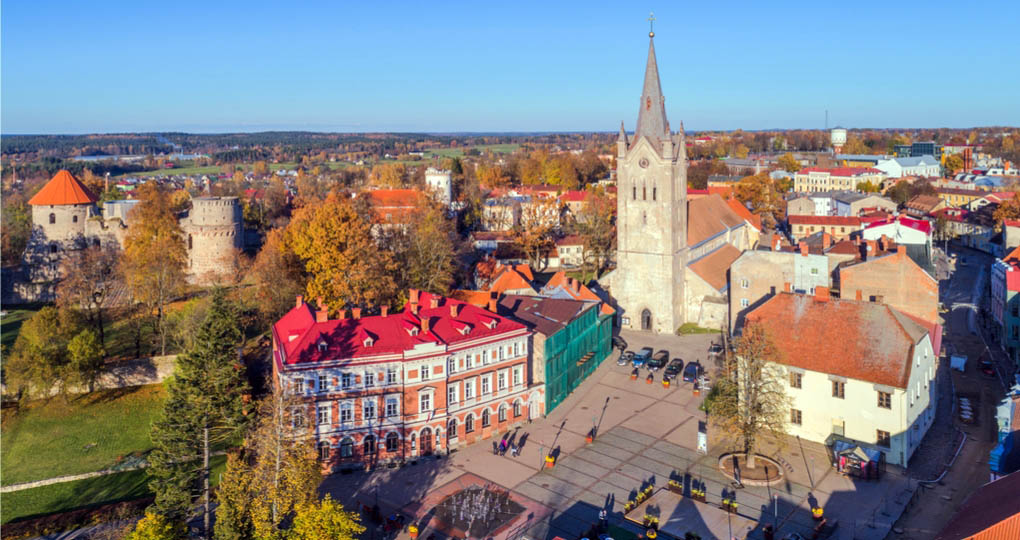
Tips for Sustainable Travel
Transportation within Riga is possible on public transit, buses, trams and trolleybuses. Inside the city centre it is very dense and compact and walking is the easiest form of transportation to get around effectively and efficiently. Outside of the city centre, it is not as easy to get around and language can be a barrier. Either taking a tour or hiring a private guide can be best for seeing the broader country. There is also a growing sector of tourism in Latvia which includes rural country homes, farms, and lodges, all a growing part of sustainable tourism in the country.
Where to Go Next
Estonia, Latvia, and Lithuania are all located on the eastern shores of the Baltic Sea. While the three are closely connected historically, each has its own separate identity, making them a great option for a multi-country trip. The easiest way to travel between the countries is on a tour or with a private guide. Travelling outside of the three capital cities, Riga, Tallinn, and Vilnius can be challenging without your own transport or guide. If you are on an escorted small group tour it is possible to add Poland to the combination of Baltic States.
20 Jul 2020, 4:20 p.m.


